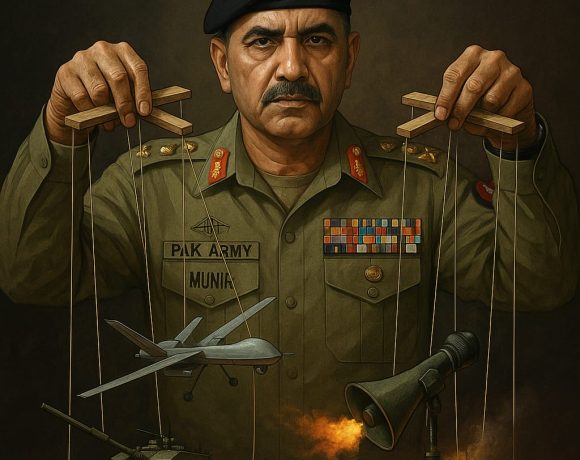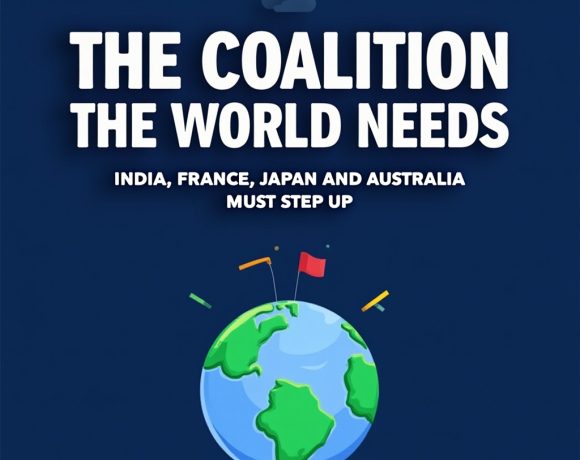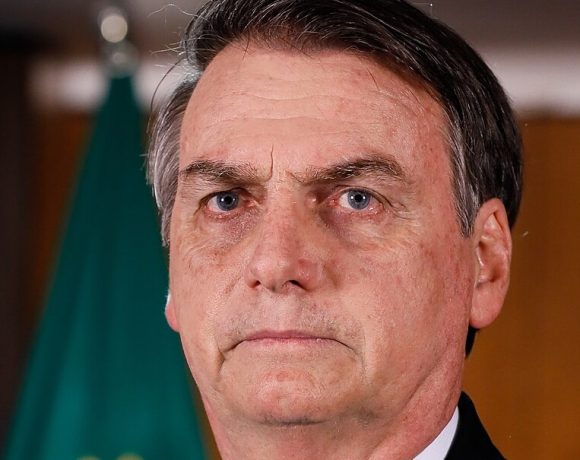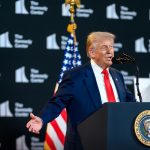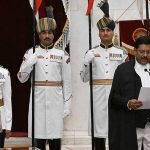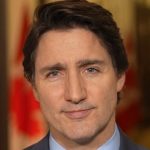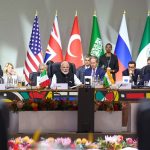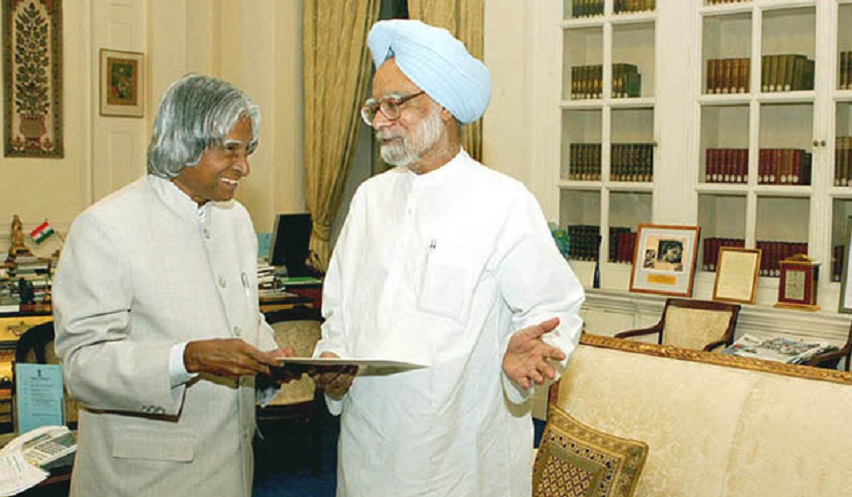
Dr. Manmohan Singh: A Legacy of Integrity, Vision, and Quiet Leadership
Dr. Manmohan Singh, the architect of modern India’s economic reforms and the nation’s 13th Prime Minister, lived a life marked by humility, intellect, and unwavering dedication to public service.
From his early years in a modest village in Gah, Punjab (now in Pakistan), to leading one of the world’s largest democracies, Dr. Singh’s journey is a masterclass in perseverance, integrity, and visionary leadership. His legacy is one that transcends political ideologies, offering lessons not just to his party but to the entire nation.
The Architect of Economic Resurgence
Dr. Singh’s entry into Indian politics in 1991 coincided with one of the most tumultuous periods in India’s economic history. The country faced a severe balance-of-payments crisis, with foreign exchange reserves barely enough to cover two weeks of imports. Inflation was rampant, growth had stagnated, and the Indian economy teetered on the edge of collapse. It was in this moment of crisis that Prime Minister P.V. Narasimha Rao entrusted Dr. Singh, then a technocrat with no political background, with the Finance Ministry.
Dr. Singh’s reforms, rooted in his deep understanding of economics, fundamentally transformed India’s economic framework. His policies dismantled the License Raj, a system that stifled innovation and growth through excessive government regulation. He devalued the rupee to boost exports, reduced trade barriers, and opened India’s economy to foreign investment. These reforms marked the end of India’s isolation from global markets and set the stage for decades of unprecedented growth.
The impact of these policies was monumental. India moved from being a closed, inward-looking economy to becoming a global economic powerhouse. Industrial output surged, foreign exchange reserves stabilized, and millions of Indians were lifted out of poverty over the following decades. Dr. Singh’s vision laid the foundation for India’s IT revolution, enabling the nation to become a leader in technology and innovation.
For the Congress Party, this period is a reminder of the transformative potential of bold, evidence-based policymaking. Dr. Singh demonstrated that crises could be converted into opportunities with courage, expertise, and political will. His work during this era serves as a blueprint for addressing today’s economic challenges, emphasizing the need for long-term structural reforms over short-term populism.
The Prime Minister Who Spoke Through Actions
Dr. Singh’s tenure as Prime Minister (2004–2014) was historic not just because he was the first Sikh to hold the position, but also because of his profound impact on India’s socio-economic landscape. His leadership during the United Progressive Alliance (UPA) governments was marked by significant achievements and equally significant challenges.
In his first term, India witnessed remarkable economic growth, with GDP rates averaging around 8%. This period of prosperity enabled the government to invest heavily in social welfare programs. The National Rural Employment Guarantee Act (NREGA), which guaranteed 100 days of paid work to rural households, became a cornerstone of rural development and poverty alleviation. The Right to Information Act, enacted during his tenure, empowered citizens and strengthened democracy by promoting transparency and accountability.
Dr. Singh’s second term saw the implementation of landmark programs like the Food Security Act, which aimed to combat hunger and malnutrition by providing subsidized food grains to millions of Indians. His government also introduced the Right to Education Act, making elementary education a fundamental right for all children.
On the international front, Dr. Singh’s tenure elevated India’s global standing. The India-US Civil Nuclear Agreement in 2008 ended decades of nuclear isolation, enabling India to access critical technology and fuel for its growing energy needs. His foreign policy initiatives strengthened ties with countries like Afghanistan, Russia, and the Gulf nations, securing India’s strategic and economic interests.
However, Dr. Singh’s premiership was not without its challenges. His administration faced allegations of corruption in high-profile cases, such as the 2G Spectrum Scam, Commonwealth Games Scam, and the Coal Allocation Scam (Coalgate). These controversies tarnished the image of his government and provided ammunition to critics who questioned his ability to control his coalition partners.
Throughout these challenges, Dr. Singh maintained his dignity, often choosing silence over public confrontations. Critics labeled him as a “reluctant” or “weak” leader, suggesting that he was overshadowed by the Congress leadership, particularly Sonia Gandhi. Yet, those who worked closely with him recall a leader deeply committed to policy-driven governance, often working tirelessly behind the scenes to steer the country through complex issues. His second term, despite its difficulties, laid the groundwork for significant reforms, including the eventual implementation of the Goods and Services Tax (GST) and the Direct Benefits Transfer system.
For his party, Dr. Singh’s tenure underscores the importance of balancing visionary policymaking with robust political management. It serves as a lesson in the need to address corruption decisively and communicate effectively with the public.
Leadership Lessons for the Opposition
Dr. Singh’s approach to leadership offers important lessons for his opponents as well. Despite facing relentless political attacks, he consistently upheld the dignity of his office and engaged in constructive dialogue. His respect for democratic institutions, his avoidance of personal attacks, and his focus on issues rather than rhetoric set a standard for political engagement that is increasingly rare in today’s polarized environment.
For the opposition, his career is a reminder that robust critique of policies can coexist with respect for the individual. While they criticized him for being a quiet and understated leader, his accomplishments—both as an economist and a Prime Minister—earned him respect even from his detractors.
A Legacy for the People of India
For the people of India, Dr. Manmohan Singh’s life is an enduring reminder of the transformative power of education, hard work, and quiet determination. Born into modest circumstances, he rose to the highest echelons of academia, bureaucracy, and politics, driven by his intellect and integrity. His journey is proof that leadership is not about loud proclamations but about meaningful actions that stand the test of time.
Dr. Singh’s emphasis on inclusion, from his economic reforms to his social welfare programs, highlights the importance of ensuring that growth benefits every section of society. His belief in evidence-based policymaking and his refusal to pander to populism emphasize the need for substance over rhetoric—an essential lesson for both voters and leaders in India’s democracy.
A Final Salute
As we bid farewell to Dr. Manmohan Singh, it is crucial to honor the lessons his life offers. For his party, it is a call to uphold his legacy by prioritizing policies that uplift the nation. For his opponents, it is an invitation to engage in respectful, issue-based politics. And for every Indian, it is a moment to reflect on the values of humility, integrity, and service that he embodied.
Dr. Singh once famously said, “India is an idea whose time has come.” His life was the living embodiment of that idea—an India built on resilience, innovation, and inclusivity. As we move forward, let us ensure that his vision for a prosperous, equitable, and inclusive India continues to guide us.
Dr. Manmohan Singh may no longer be among us, but his legacy will remain a source of inspiration for generations to come—a legacy of quiet leadership, transformative policies, and an unyielding commitment to the nation he so dearly loved.


